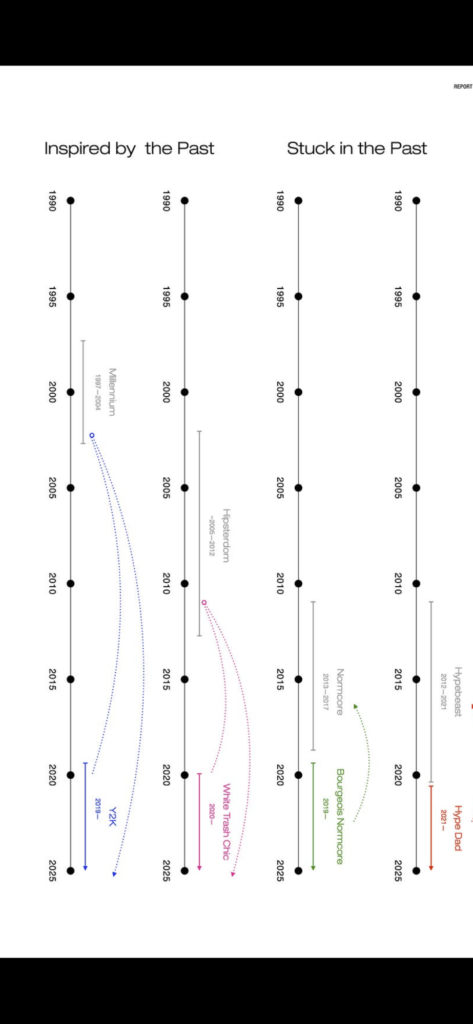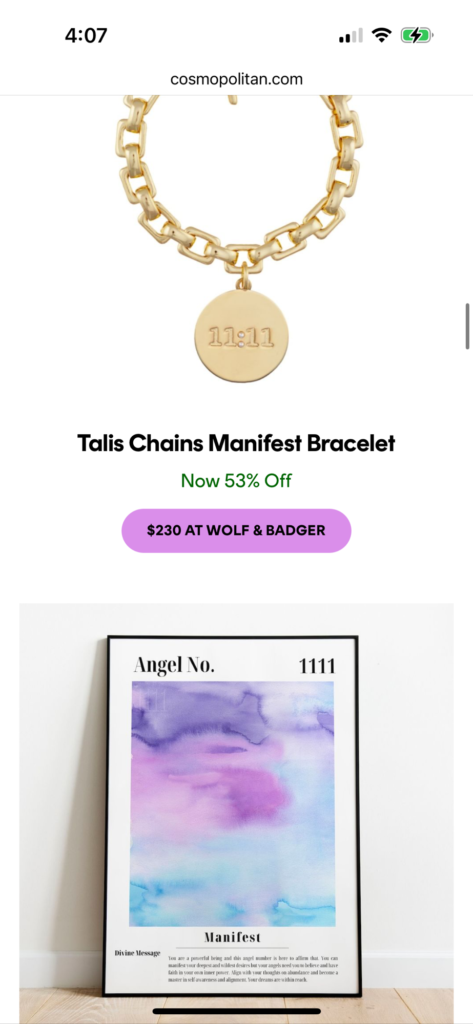I don’t use TikTok at all. I have an Instagram account I’ve failed to reboot which I only open if a Groupchat sends me a link.
I deliberately insulate from algorithmic visual content. It makes you miserable for one. But more importantly, it deadens your aesthetic palette from overexposure.
If you want to develop and sustain personal taste and style, do yourself a favor and do it deliberately without the subtle nudging enforcement of refinement culture.
I do however avidly follow the propagation of different fashions as a personal interest. I like to see where a runaway trend goes as virality and social contagion set in. The New York Post’s entire culture section is dedicated to moral panics but it occasionally hits on real sources of social anxiety.
Gen-Z is allegedly having an anti-aging culture panic over turning 30. Their source on this is a Reddit post about skincare obsessives on social media.
“I feel like aging to Gen Z is what ‘being fat’ was to millennials. Remember how ruthless the media [and] everyone was about that?,” another noted.
Gen Z’s Fear of Aging NYPost
I still have anxiety about weight from living through the TMZ era of body shaming. So I’m sympathetic to what it must feel like to younger women facing the relentless scrutiny of living online. They rightly perceive appearances to be a part of how value is calculated in wider society and are afraid of losing it.
I’m convinced some portion of the extremely online Gen Z are living entirely out of the slipstream of historical culture. They consume artifacts from other people’s youth culture but live in a what amounts to a “long now” in which the future seems unstable. We rebooted 2003 as a micro trend but the apocalypse is almost here.
The nostalgia machine gives Gen Z an ever present history but very little present to hold onto for grounding in physical reality. Their ahistorical vibes approach seems to overweight the need for youth.
Sean Monahan of K-Hole normcore fame posted a mapping of the aesthetics of the decade that I thought spoke well to the strange relationship digital aesthetics have to time. I’m posting a diagram here from his post here.

If Gen Z is aging like milk it’s probably not because they are actually aging quickly. Though I’m sure the stress isn’t doing them any favors. I think dit’s what Ryan Broderick of Garbage Day points out here. The glamified hyper-media full face contour is an ageless one. It’s inspired by the past and stuck in the past. It’s got nothing to do with their actual age.





